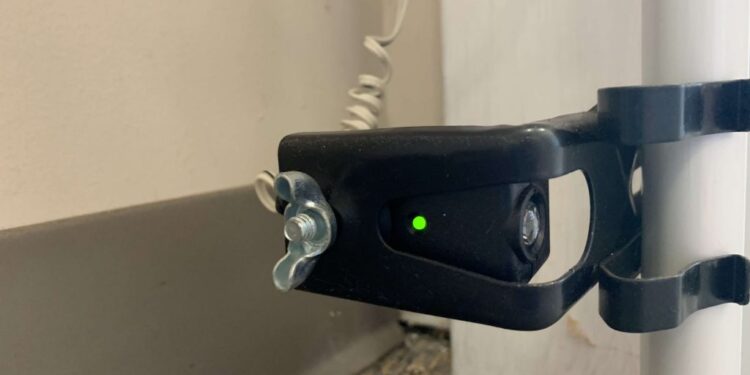Learn expert tips on how to align garage door sensors for optimal performance. Discover the secrets to smooth operation and hassle-free maintenance. Garage door sensors play a crucial role in ensuring the safety and smooth operation of your garage door. These sensors are designed to detect obstructions in the path of the closing door, preventing accidents and damage to property. However, misaligned sensors can lead to malfunctions, causing inconvenience and potential safety hazards. In this article, we will discuss expert tips on how to align garage door sensors effectively to ensure seamless operation and safety.
Understanding how to align garage door sensors
Before diving into the alignment process, it’s essential to understand the components of how to align garage door sensors. Typically, these sensors consist of two units placed on either side of the garage door, usually near the bottom. One sensor emits an infrared beam, while the other receives it. When an obstruction interrupts the beam while the door is closing, the sensor triggers the door to reverse its movement, preventing accidents.

Why Alignment Matters
Proper alignment of garage door sensors is crucial for their effective operation. Misalignment can lead to false positives, where the door reverses unnecessarily, or worse, false negatives, where the door fails to detect an obstruction. Both scenarios compromise safety and can result in accidents or damage to property. Additionally, misaligned sensors may cause the door to operate intermittently or not at all, leading to inconvenience for homeowners.
Expert Tips for Aligning Garage Door Sensors
Check Sensor Positioning
Start by inspecting the position of each sensor. They should be mounted no higher than six inches above the ground to ensure they can detect obstructions effectively. Ensure that both sensors are parallel to each other and securely mounted to the wall or garage door frame.
Clean Sensors and Lens
Dust, dirt, or debris on the sensor’s lenses can interfere with the infrared beam, causing alignment issues. Use a soft, clean cloth to wipe the lenses of both sensors thoroughly. Avoid using harsh chemicals or abrasive materials that could scratch the lens.
Verify Sensor Alignment
With the door in the closed position, visually inspect the alignment of the sensors. The indicator lights on each sensor can help determine if they are aligned correctly. Typically, both lights should be solid or blinking simultaneously when aligned.
Adjust Sensor Alignment
If the indicator lights are not aligned, gently adjust the misaligned sensor until both lights are solid or blinking simultaneously. Use a level to ensure the sensors are parallel to each other both horizontally and vertically. Make small adjustments and recheck until proper alignment is achieved.
Test Sensor Functionality
Once the sensors are aligned, test their functionality by closing the garage door. Place an object, such as a cardboard box, in the path of the closing door to simulate an obstruction. The door should reverse its movement immediately upon detecting the obstruction. If the door fails to reverse or operates intermittently, recheck the alignment of the sensors.
Secure Sensors in Place
Once you’re satisfied with the alignment and functionality of the sensors, secure them in place using mounting brackets or screws. Ensure that the sensors remain stable and do not move during the operation of the garage door.
Repeat if Necessary
If the sensors still aren’t functioning correctly after realignment, repeat the process to ensure they’re properly aligned. Sometimes, minor adjustments may be needed to achieve optimal alignment and performance.
Conclusion
Proper alignment of garage door sensors is essential for ensuring the safety and smooth operation of your garage door. By following these expert tips, you can effectively align your garage door sensors and minimize the risk of accidents or malfunctions. Regular maintenance and inspection of sensors will help keep your garage door operating smoothly for years to come. Remember, safety should always be a top priority when dealing with garage door systems.








Comments 1